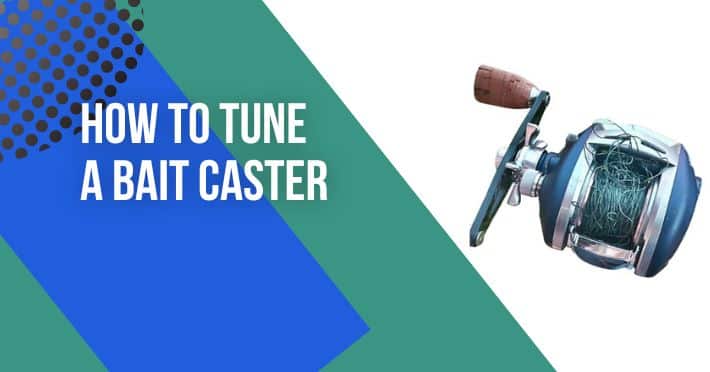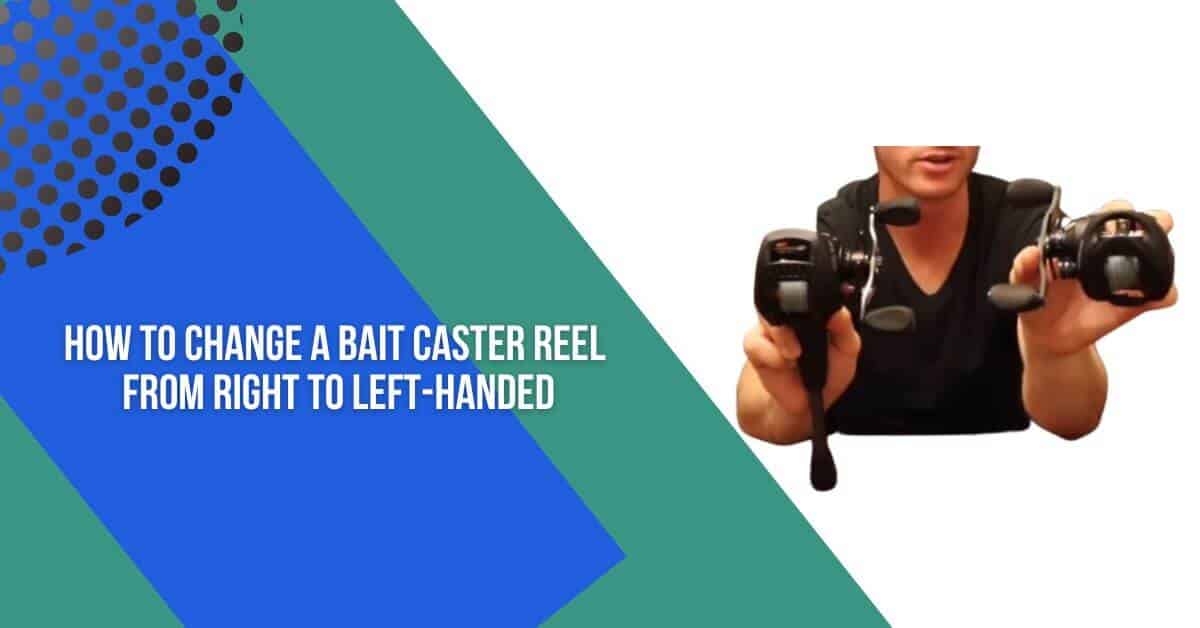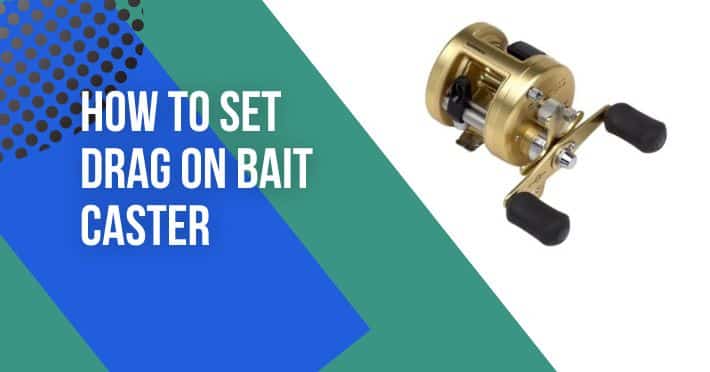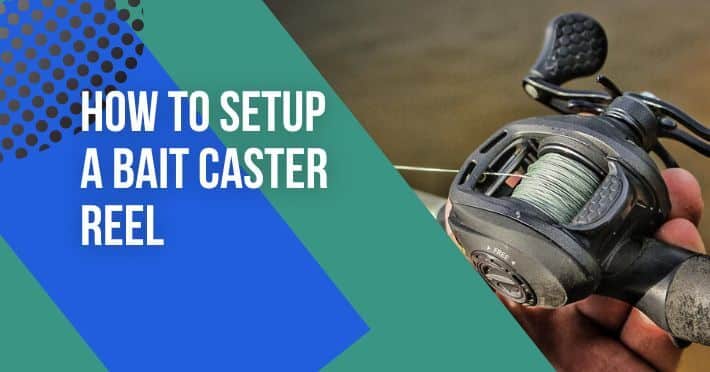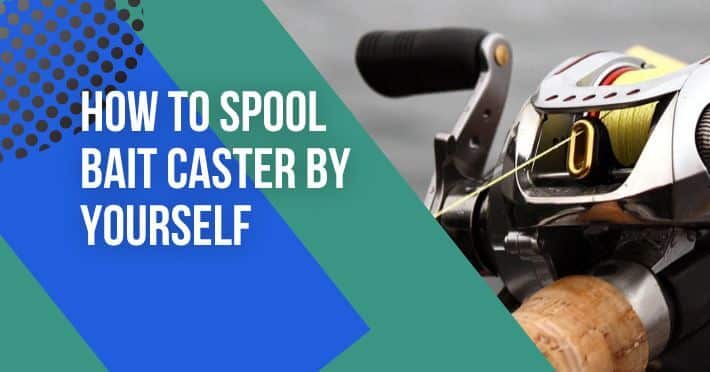Contents
- 1 Understanding the Basics of a Baitcasting Reel
- 2 Properly Setting Up Your Baitcasting Reel
- 3 Mastering Casting Techniques
- 4 Adjusting for Different Lures and Weights
- 5 Practicing and Troubleshooting Backlash
- 6 Conclusion Of How To Stop Backlash On Baitcasting Reel!!
- 7 FAQs!!
- 8 Q: What is backlash on a baitcasting reel?
- 9 Q: How do I remove backlash if it occurs?
- 10 Q: Are there any specific lures or lines that are more prone to backlash?
- 11 Q: Should I avoid using a baitcasting reel if I struggle with backlash?
- 12 Q: How do I remove backlash if it occurs?
Baitcasting reels are popular among anglers due to their casting precision and power, making them ideal for various fishing techniques. However, one common challenge anglers face while using baitcasting reels is a backlash, also known as “bird’s nest.” Backlash occurs when the line spool overruns during a cast, resulting in tangled loops of fishing line on the spool. This not only wastes time but can also be frustrating and may even cause damage to the fishing gear. Let’s find out how to stop backlash on baitcasting reel.
In this guide, we will explore the root causes of backlash, provide step-by-step instructions on how to set up and adjust your baitcasting reel properly, and discuss various casting techniques and tips to prevent backlash. Whether you are a beginner or an experienced angler, following these practices will help you minimize backlash and enhance your overall fishing experience.
Understanding the Basics of a Baitcasting Reel
Before diving into backlash prevention, it’s crucial to understand the components of a baitcasting reel:
- a. Spool Tension Knob: This knob controls the tension on the spool during a cast. It prevents the spool from spinning too freely, leading to a backlash.
- b. Brake System: Baitcasting reels come with different brake systems, such as magnetic brakes or centrifugal brakes, designed to control the spool rotation speed during a cast.
- c. Cast Control Cap: Some baitcasting reels have an external cap that covers the brakes, allowing you to adjust the brake settings conveniently.
Properly Setting Up Your Baitcasting Reel
To prevent backlash, a proper setup is essential. Follow these steps to set up your baitcasting reel correctly:
- a. Choose the Right Line: Select a quality fishing line that suits your fishing technique and target species. Monofilament or fluorocarbon lines are more forgiving for beginners, while braided lines offer better sensitivity and strength.
- b. Adjust the Spool Tension Knob: With the lure attached, press the spool release button and adjust the spool tension knob until the lure drops slowly and smoothly to the ground.
- c. Set the Brake System: If your reel has a magnetic brake or centrifugal brake, adjust it according to the manufacturer’s recommendations or based on your casting experience. More brake force should be used for beginners or when casting into the wind.
- d. Fine-Tune the Cast Control Cap (if applicable): Some reels have an external cap that allows for additional fine-tuning of the brake settings. Experiment with this cap to achieve the ideal balance between casting distance and backlash prevention.
Mastering Casting Techniques
Learning and mastering different casting techniques can significantly reduce the likelihood of backlash. Practice the following casting techniques to improve your accuracy and control:
Thumb Control: As you cast, place your thumb lightly on the spool to control the line’s release. Gradually release pressure on the spool during the cast to allow the lure to fly smoothly.
Smooth Casting Motion: Avoid aggressive casting motions, as they can lead to sudden line spool acceleration and cause backlash. Opt for a smooth, controlled motion instead.
Proper Rod Positioning: Position your rod tip at a suitable angle during the cast. Lower your rod tip as you release the line to reduce the height of the cast and minimize the chances of backlash.
Casting into the Wind: When casting against the wind, use more braking force and slightly over-adjust the spool tension knob. This setup will prevent the wind from carrying the line too quickly and causing backlash.
Adjusting for Different Lures and Weights
Each lure and weight combination requires specific adjustments to prevent backlash effectively. Follow these guidelines when using different lures and weights:
a. Light Lures: For lighter lures, reduce the braking force and loosen the spool tension knob slightly to allow for longer casts without causing backlash.
b. Heavy Lures: When using heavier lures, increase the braking force and tighten the spool tension knob to prevent the spool from over-rotating during the cast.
c. Frequent Adjustments: If you switch between lures frequently, make it a habit to adjust the spool tension knob and brake settings accordingly to match the new lure’s weight.
Practicing and Troubleshooting Backlash
Even with proper setup and techniques, backlash can still occur. Here’s how to troubleshoot and prevent backlash when it happens:
- Stop the Spool: If you notice the line starting to backlash, quickly apply pressure to the spool with your thumb to stop it from rotating. This action prevents further tangles and minimizes the impact of the backlash.
- Untangling Backlash: Gently remove the tangled loops by pulling the line from the top rather than the side. This method reduces the chances of creating more tangles.
- Practice Makes Perfect: Backlash is a common challenge for beginners. Regular practice and patience will help you develop better control and casting accuracy, reducing the frequency of backlash over time.
Conclusion Of How To Stop Backlash On Baitcasting Reel!!
Preventing backlash on a baitcasting reel is a combination of proper setup, understanding casting techniques, and consistent practice. By following the steps outlined in this guide, you will be able to minimize backlash occurrences, enhance your casting accuracy, and enjoy a more rewarding fishing experience. Remember, patience and persistence are key to mastering baitcasting reels, so keep practicing and refining your skills to become a proficient angler. Happy fishing!
FAQs!!
Q: What is backlash on a baitcasting reel?
Backlash, also known as a bird’s nest or a tangle, occurs when the spool of a baitcasting reel continues to rotate after the lure has stopped, causing the line to tangle and create a mess.
Q: How do I remove backlash if it occurs?
If backlash happens, here’s how you can remove it:
Engage the reel’s spool tension: Tighten the spool tension knob to reduce the rotation of the spool.
Use your thumb: Place gentle pressure on the spool with your thumb while pulling the tangled line out with your other hand.
Carefully untangle the line: Slowly and patiently untangle the line, making sure not to create more tangles or knots in the process.
Trim excess line: If necessary, trim any overly tangled or knotted sections of the line to avoid further complications.
Q: Are there any specific lures or lines that are more prone to backlash?
Certain lures, such as lightweight or poorly balanced ones, can increase the likelihood of backlash. Similarly, using limp or loosely wound lines may also contribute to backlash. It’s important to match your equipment appropriately and adjust your reel’s settings accordingly.
Q: Should I avoid using a baitcasting reel if I struggle with backlash?
No, you don’t necessarily need to avoid using a baitcasting reel altogether. Backlash is a common issue that can be minimized with practice, proper adjustments, and technique. With time and experience, you can develop the skills to cast with a baitcasting reel effectively and minimize the occurrence of backlash.
Q: How do I remove backlash if it occurs?
If backlash happens, here’s how you can remove it:
Engage the reel’s spool tension: Tighten the spool tension knob to reduce the rotation of the spool.
Use your thumb: Place gentle pressure on the spool with your thumb while pulling the tangled line out with your other hand.
Carefully untangle the line: Slowly and patiently untangle the line, making sure not to create more tangles or knots in the process.
Trim excess line: If necessary, trim any overly tangled or knotted sections of the line to avoid further complications.


